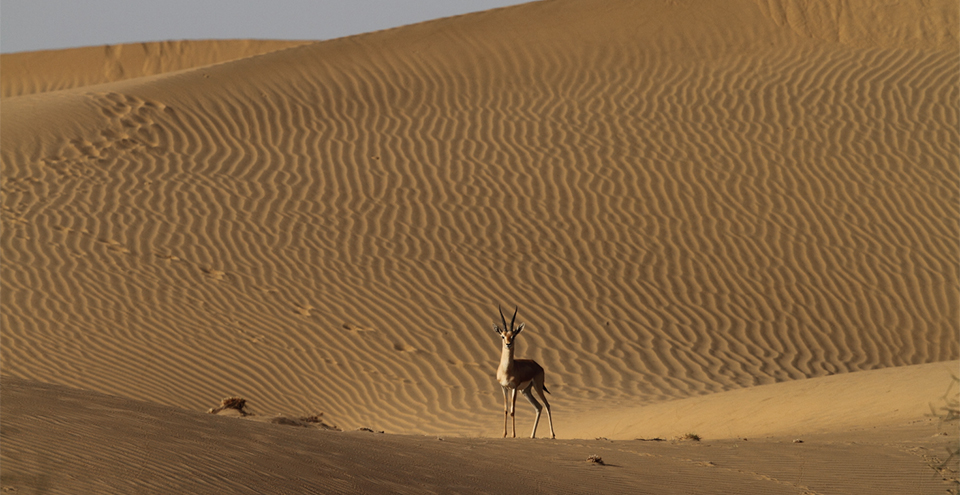
Desert National Park: A Journey Through Nature’s Masterpiece
Nestled in the heart of Rajasthan, India, Desert National Park is a sprawling testament to the beauty and resilience of arid landscapes. This UNESCO World Heritage Site offers a unique glimpse into the desert ecosystem, showcasing the delicate balance of life in one of the harshest environments on Earth. Whether you’re a nature enthusiast, a wildlife photographer, or simply someone looking to experience a different side of India, Desert National Park promises an adventure like no other.
A Landscape Like No Other
Covering over 3,000 square kilometers, Desert National Park is one of the largest national parks in India, stretching across the Thar Desert. Its vast, undulating sand dunes, sparse vegetation, and rocky outcrops create a mesmerizing and almost surreal landscape. The park’s terrain varies from sand dunes to salt flats, interspersed with seasonal water bodies that transform the arid surroundings into a temporary oasis.
Flora and Fauna: Life in the Desert
Despite its harsh climate, Desert National Park is teeming with life. The park is home to a variety of flora and fauna uniquely adapted to survive in this extreme environment.
Wildlife: Among the park’s most iconic residents is the critically endangered Great Indian Bustard, a large, ground-dwelling bird that symbolizes the delicate balance of this ecosystem. The park is also a haven for other avian species, including the elegant Sandgrouse and the colorful Lark. Mammals like the Indian Fox, Desert Cat, and Blackbuck can be spotted traversing the arid terrain.
Flora: The plant life in the park includes hardy species like the Acacia and Prosopis, which have adapted to conserve water and withstand high temperatures. During the brief monsoon season, the landscape transforms as these plants bloom, creating a brief but breathtaking spectacle of color.
Cultural Significance
Desert National Park is not just a natural marvel; it also holds cultural and historical significance. The region has been inhabited for centuries, and remnants of ancient civilizations can be found scattered throughout the park. Traditional Rajasthani villages near the park offer a glimpse into the local culture and the ways in which communities have adapted to life in the desert.
Activities and Experiences
Wildlife Safaris: To truly appreciate the park’s diverse wildlife, consider joining a guided safari. Experienced guides will help you spot elusive animals and provide insights into the park’s complex ecosystem.
Photography: The park’s unique landscapes and wildlife make it a paradise for photographers. Capture the play of light on sand dunes at sunrise or the stark beauty of desert flora and fauna.
Camping: For an immersive experience, opt for a camping trip under the star-studded desert sky. Several operators offer guided camping tours that include traditional Rajasthani cuisine and cultural performances.
Bird Watching: With its rich avian diversity, the park is a hotspot for birdwatchers. Early mornings and late afternoons are the best times to observe the park’s feathered inhabitants in action.
Desert National Park is a captivating destination that offers a profound appreciation for the resilience of life in the desert. Its breathtaking landscapes, diverse wildlife, and cultural richness provide an unforgettable experience for all who venture into its vast, golden expanses. So pack your bags, embrace the desert’s charm, and embark on a journey to one of India’s most enchanting natural wonders.
